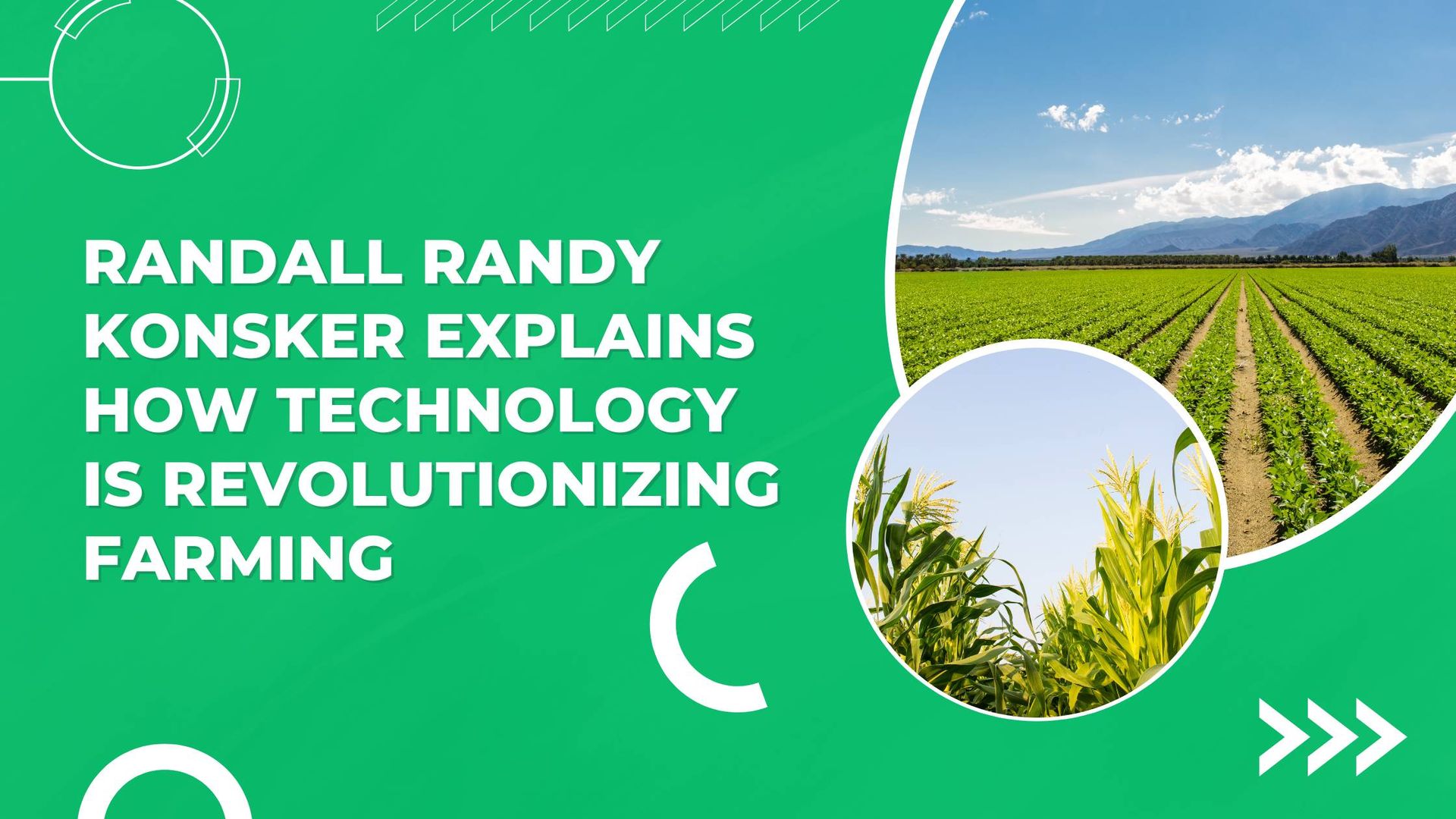
Agriculture has always been the backbone of human civilization, and with the advent of modern technology, it is undergoing a transformation like never before. Randall Randy Konsker, a renowned expert in farming and vertical farming, sheds light on how technology is revolutionizing the agricultural sector. From precision farming to the use of drones, the integration of technology is not only enhancing productivity but also ensuring sustainability and efficiency.
Precision Farming
Precision farming, or precision agriculture, leverages technology to optimize field-level management concerning crop farming. Utilizing GPS, satellite imagery, and IoT devices, farmers can monitor crop conditions in real-time. This data-driven approach allows for precise application of water, fertilizers, and pesticides, minimizing waste and maximizing yield. For instance, soil sensors can provide real-time information on moisture levels, enabling farmers to irrigate their fields more efficiently. Drones equipped with multispectral sensors can detect pest infestations early, allowing for targeted interventions that reduce chemical usage and improve crop health.
Automation and Robotics
Automation and robotics are playing a pivotal role in modernizing farming practices. Autonomous tractors and robotic harvesters are becoming increasingly common, reducing the reliance on manual labor and increasing productivity. These machines can operate around the clock, perform tasks with high precision, and reduce human error. For example, robotic harvesters can pick fruits and vegetables with minimal damage, ensuring better quality produce. Moreover, automated systems for planting and weeding help streamline operations and reduce labor costs.
Data Analytics and AI
Data analytics and artificial intelligence (AI) are revolutionizing decision-making in agriculture. Farmers can now access vast amounts of data from various sources such as weather forecasts, soil sensors, and market trends. AI algorithms analyze this data to provide actionable insights, helping farmers make informed decisions about planting, harvesting, and selling their crops. Predictive analytics can forecast crop yields and market demand, enabling farmers to optimize their production and pricing strategies. AI-powered tools can also identify patterns and anomalies, such as early signs of disease or nutrient deficiencies, allowing for proactive management.
Sustainable Practices
Technology is also driving sustainability in agriculture. Innovations like vertical farming and hydroponics are reducing the environmental impact of traditional farming. Vertical farms use LED lighting and controlled environments to grow crops in stacked layers, using significantly less land and water. Hydroponics and aquaponics systems allow for soil-free farming, where plants grow in nutrient-rich water. These methods reduce water usage by up to 90% compared to conventional farming. Additionally, renewable energy sources such as solar and wind power are being integrated into farming operations, reducing reliance on fossil fuels and lowering carbon footprints.
Conclusion
The integration of technology into farming is transforming the agricultural landscape, making it more efficient, sustainable, and resilient. Precision farming, automation, data analytics, and sustainable practices are just a few examples of how technology is revolutionizing agriculture. As these technologies continue to evolve, they hold the promise of addressing some of the most pressing challenges in food production, ensuring a secure and sustainable food supply for the future.